Author Guest Post: Charles Phillips
The former Great Eastern Railway was at one time seen as a rather dull sleepy railway in the eastern corner of England whose principal traffic was London commuters, holiday makers to the Essex, Suffolk and Norfolk coasts, travelers to the Low Countries and Scandinavia and agricultural produce, but it was and is more so and in particular to those who live and work in the Eastern Counties.
Although there were proposals for a railway in Essex in 1811 to run from Islington to Wallsea Island with a branch to Mucking Creek on the Thames and one in 1825 to run from Whitechapel to Ipswich via Chelmsford anc Colchester, the Railway’s ancestry can be traced back to the proposal in 1834 for a Grand Eastern Counties Railway from London to Norwich via Colchester and Ipswich and which grew into the Eastern Counties Railway which was to link London to Yarmouth via Colchester and Ipswich. At the same time there was the Northern and Eastern Railway which was planned to link London to link London to Cambridge with a branch to Newmarket, Thetford, Norwich and Yarmouth. Sadly neither the two railways were successful in their endeavours to reach their intended termini, with the Eastern Counties Railway reaching only as far as Colchester, in 1843 and the Northern and Eastern Railway only as far as Bishop’s Stortford, in 1842 with a branch line to Hertford, reached in 1843. It was originally intended that the Northern and Eastern Railway would have a separate London terminus from the Eastern Counties Railway, but it was then decided that it would join the Eastern Counties Railway at Stratford and share the same London terminus at Shoreditch. Later the working of the Company was taken over by the Eastern Counties Railway.
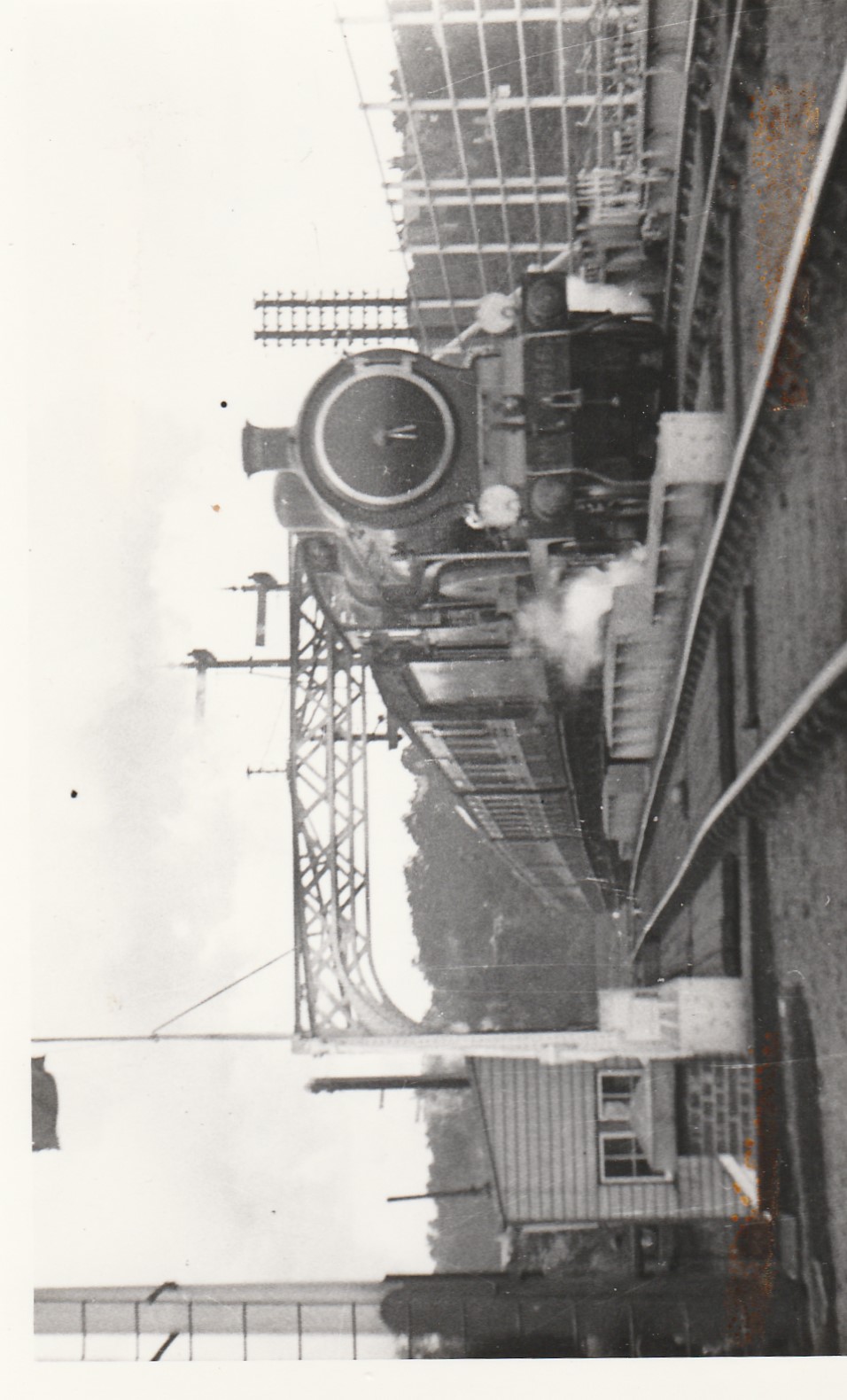
The Eastern Counties Railway was originally built to a gauge of five feet and in consequence the Northern and Eastern Railway was compelled to adopt the same gauge. The only other railway to use the five feet gauge was the London and Blackwall Railway running from Fenchurch Street Station in the City of London to Blackwall. Although it had been originally thought that there would be no need for the Eastern Counties Railway to connect with other railways that had been built to the gauge of four feet, eight and a half inches it was soon realized that that was not the case and in the early autumn of 1844 both the Eastern Counties and the Northern and Eastern railways were converted to the narrower gauge. The London and Blackwall Railway which was originally cable worked was converted to the narrower gauge in 1849 and at the same time to steam traction.
The failure of the Eastern Counties Railway to reach east of Colchester led to the formation of the Yarmouth and Norwich Railway to connect those two towns and the Norwich and Brandon Railway to connect those two towns and to join the Eastern Counties Railway which had obtained powers to extend the railway from Bishop’s Stortford to Brandon via Cambridge, with through trains from London to Norwich beginning in 1845. The Yarmouth and Norwich and Norwich and Brandon railways later amalgamated to form the Norfolk Railway. The failure of the Eastern Counties Railway to reach Ipswich led to the formation of the Eastern Union Railway to connect Colchester to Ipswich and also Bury St Edmunds and Norwich. Although Ipswich and Bury St Edmunds were reached in 1846, it was not until 1849 that Norwich was reached and the Eastern Union Railway had a separate terminus from that of the Eastern Counties Railway. It has to be said that relations between the Eastern Counties and Eastern Union railways were not harmonious and that the former went out of its way to hinder through traffic from London to Norwich via Colchester and Ipswich, with the latter at one point operating a combined railway and steamship service from Norwich to London via Ipswich, Blackwall and the London and Blackwall Railway. Eventually things were resolved.
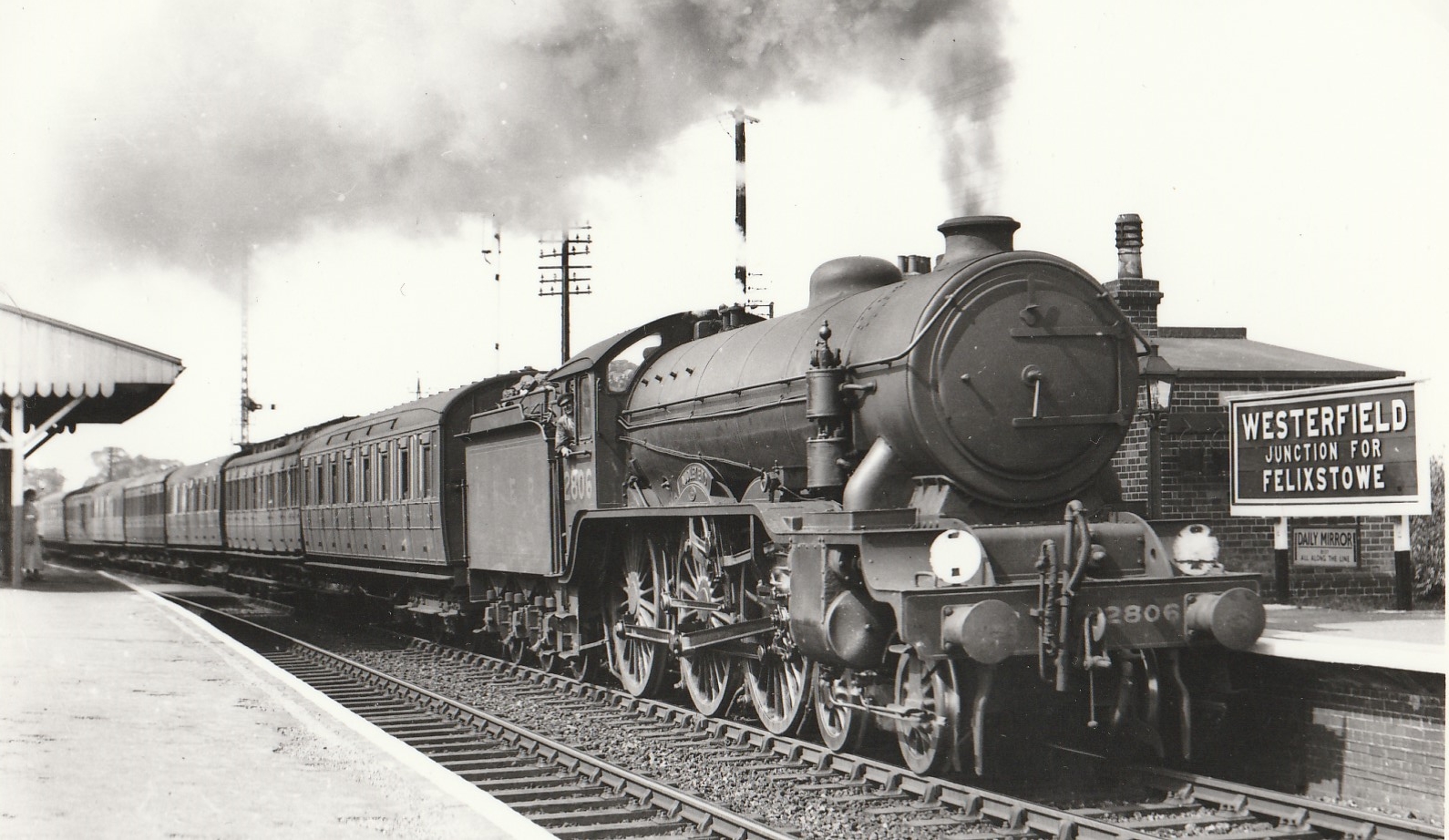
Prior to the formation of the Great Eastern Railway in 1862 the railways of the eastern counties were something of a patchwork, as there was also the East Anglian Railway, the Newmarket Railway and the East Suffolk Railway and a number of other minor railways, which the Eastern Counties Railway acquired the working of. In the case of the Newmarket Railway it was responsible for the closure of that Railway’s line from Great Chesterford to Six Mile Bottom opened in 1848 and its replacement by a line from Cambridge to Six Mile Bottom in 1851. This was one of the earliest railway closures in the country.
Both the Eastern Counties Railway and the Yarmouth and Norwich Railway were innovative with the former developing one of the earliest types of signal, whilst the latter was the earliest railway in the country to install a form of block signaling. The Eastern Counties Railway put into service on the Enfield branch, which opened in 1849, one of the first steam rail motors in Britain and which could be held to be the ancestor of the modern multiple unit trains.
For a time George Hudson the ‘Railway King’ was the Chairman of the Eastern Counties Railway and unsuccessfully tried to use the Eastern Counties Railway as way of reaching York in opposition to the newly promoted Great Northern Railway. Hudson’s Deputy Chairman, David Waddington, became a Member of Parliament for Maldon in the 1847 General Election by the somewhat dubious means of having a large number of men who were eligible to vote in the election put on to the payroll of the Railway which had acquired and was building the formerly independent Maldon, Witham and Braintree Railway. Waddington, when he became Chairman of the Eastern Counties Railway was involved in a scandal with the Locomotive Superintendent, John Gooch, over the acquisition of coal for the Railway which led to their dismissal.
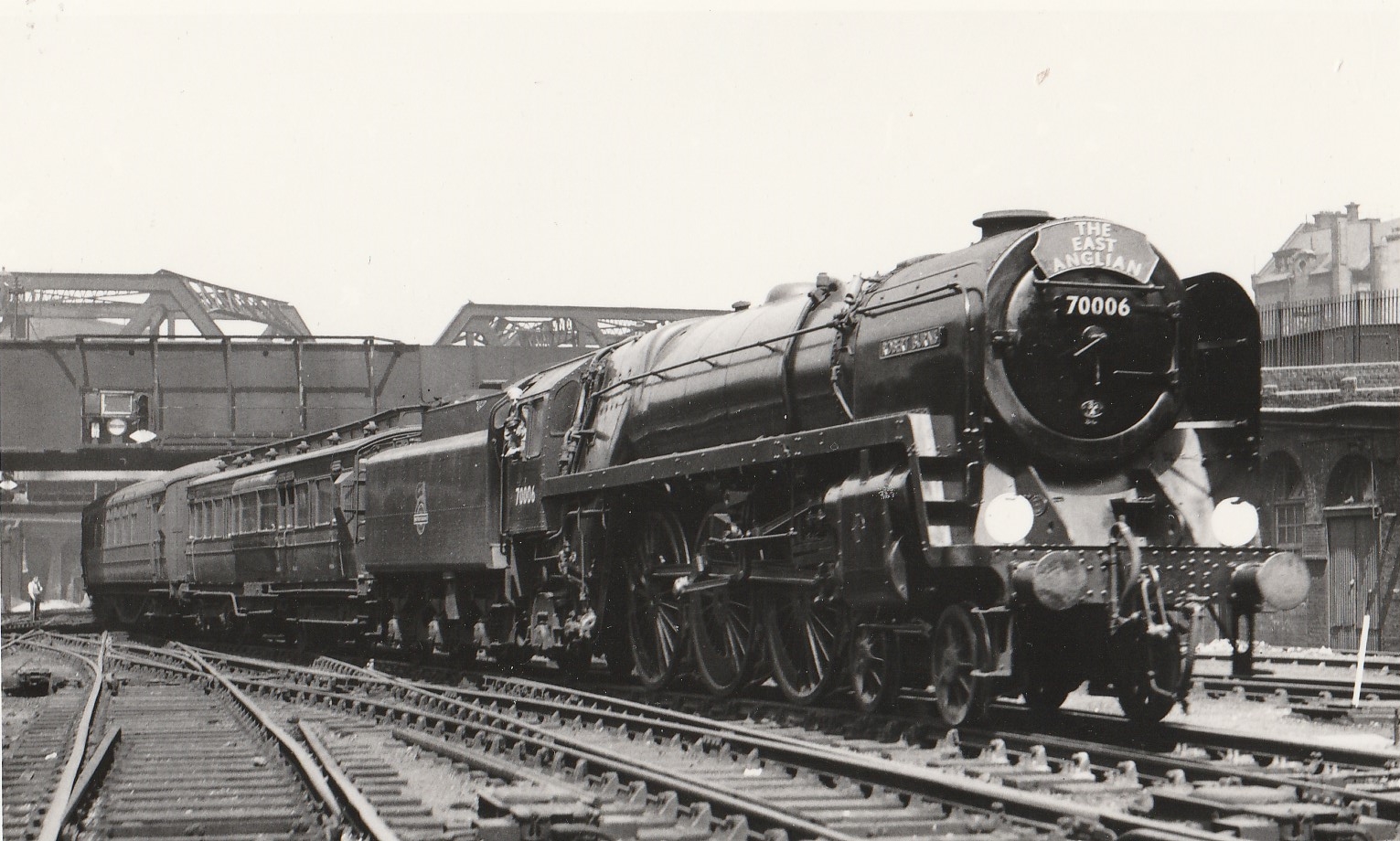
The Eastern Counties Railway along with the London and Blackwall Railway promoted the London, Tilbury and Southend Railway, which would eventually become independent of both.
The Great Eastern Railway could be held to have been a Greater Eastern Counties Railway and was formed in 1862 by the amalgamation of the Eastern Counties, Eastern Union, East Anglian and Norfolk railways. The Northern and Eastern Railway although being worked by the Great Eastern Railway was not taken over by the Company until 1902. The working of the London and Blackwall Railway was taken over in 1866.
In its early days the Great Eastern Railway was not in a good financial position and in 1867 was in Chancery, but thanks to the efforts of Samuel Laing M.P. , a man of financial repute and a former Finance Minister for India, the company was able to resolve its financial problems.
Early on in its existence the Great Eastern Railway started steamship services to Antwerp and Rotterdam and later to the Hook of Holland.
The Company’s principal works in the 1870s were the building of Liverpool Street Station to replace the inconveniently situated Bishopsgate Station and the expansion of its London suburban network, which eventually grew to be the heaviest suburban network in the world, all operated by steam traction culminating in the famous ‘Jazz Service’ of 1920
The Great Eastern Railway had tried to build its own line to the north but was thwarted in this and eventually came to an agreement with the Great Northern Railway to build and jointly operate the Great Northern and Great Eastern Joint Line, which saw not only a Liverpool Street to York service, but also one from Harwich to York .
By its participation in the Great Northern and Great Eastern Joint Line the Company’s trains were able to reach York, whilst by its participation in the East London Joint Committee they were able to reach Croydon.
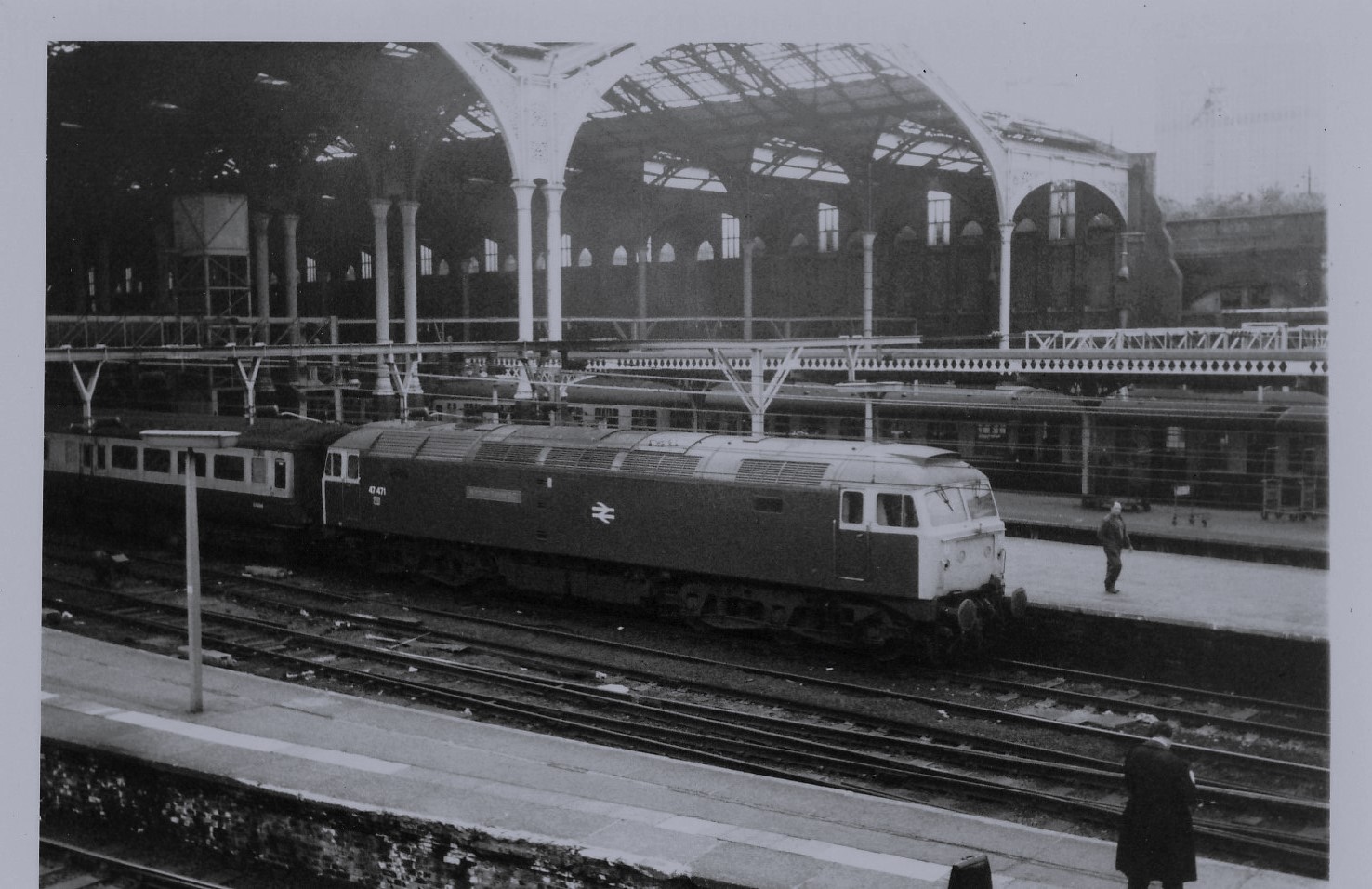
The Great Eastern Railway had a virtual monopoly of central and north Essex, Suffolk and south Norfolk, but was threatened on a number of occasions. These being by the Colne Valley and Halstead Railway which could in conjunction with the London and North Western Railway have built a line from Cambridge to Colchester, and the Mid Suffolk Light Railway which in conjunction with the Southwold Railway could have built a network of competing lines is mid Suffolk. It did face competition from a number of railways. For the London to Southend traffic it was in competition with the London, Tilbury and Southend Railway which was acquired by the Midland Railway in 1912. There was competition from the Great Northern Railway for the London to Cambridge traffic whilst the Midland and Great Northern Joint Railway provided was a competitor for traffic from Midlands and the North to the Norfolk coast and from London to Cromer. The Colne Valley and Halstead Railway gave competition from Chapel and Wakes Colne to Haverhill.
The Great Eastern Railway gave financial support to the Lancashire, Derbyshire and East Coach Railway which later became part of the Great Central Railway.
In 1909 there was an unsuccessful proposal to form a working union of the Great Central, Great Northern and Great Eastern railways.
Like the Midland Railway the Great Eastern Railway was one of the first companies to admit third class passengers to all its trains and in the provision of a third class restaurant car on the Harwich to York through train in 1891 was the first in the country to do so. After the First World WarPullman Cars were introduced on the Company’s lines.
The first full scale use of oil fuel for locomotives in Britain was pioneered by the Great Eastern Railway.
For automatic train brakes the Company chose the Westinghouse air brake system. Commencing in 1899, in order to distinguish between home and distant signals the Coligny-Welch distant lamp which displayed at night a white fish tail against the signal light was adopted. Also in 1899 the first electro-pneumatic power signaling was installed in Britain in the box controlling Spitalfields goods yard exit from Bishopsgate goods depot.
The Great Eastern Railway was an early user of motor buses commencing in 1905
There were a number of interesting branch lines of which the most interesting was the roadside Wisbech and Upwell tramway which opened in 1883-4. Others were the Kelvedon, Tiptree and Tollesbury Light Railway and the Elsenham and Thaxted Light Railway, which on its opening 1913 was the last railway to be opened by the Great Eastern Railway.
Although it did not electrify any of its line the Great Eastern Railway did face the threat of competition from proposals for electric underground railways at the beginning of the twentieth century and which led to the building of the 0-10-0 well tank locomotive No 20, better known as ‘the Decapod’ and which had the capability in power and acceleration to match an electric train. Later in 1918 prior to the introduction of the ‘Jazz Service’ the idea of electrifying all of the Company’s line as far as Bishop’s Stortford, Ongar, Chelmsford and Southend had been looked at.
The motive power of the Company was not spectacular but designed to suit its needs. Apart from the Decapod the most famous locomotive was 4-4-0 No 1900 ‘Claud Hamilton’ which was exhibited at the Paris International Exhibition of that year. Its largest locomotives were the S69 Class 4-6-0 of 1911. Its most powerful were the D81 0-6-0s for 1920.
The most famous person associated with the Great Eastern is the last Chairman, Lord John Claud Hamilton and after whom locomotive No 1900 was named and all subsequent members of the class were known as Claud Hamilton’s. Sir Henry Worth Thornton, who was appointed General Manager in 1914 was the first American to be given command of a British railway company.
During the First World War the Company’s steamship service to neutral Holland was continued, but nevertheless in 1916 the SS Brussels was captured by the Germans and its Captain, Charles Fryatt, was tried and executed in Bruges on a charge of sinking a German submarine. The Company suffered from air raids and on 13 June 1917 Liverpool Street Station was bombed in a daylight raid causing the deaths of sixteen people .
At the 1923 Grouping the Great Eastern Railway was grouped into the London and North Eastern Railway along with the Great Central, Great Northern, North Eastern, North British and Great North of Scotland railways.
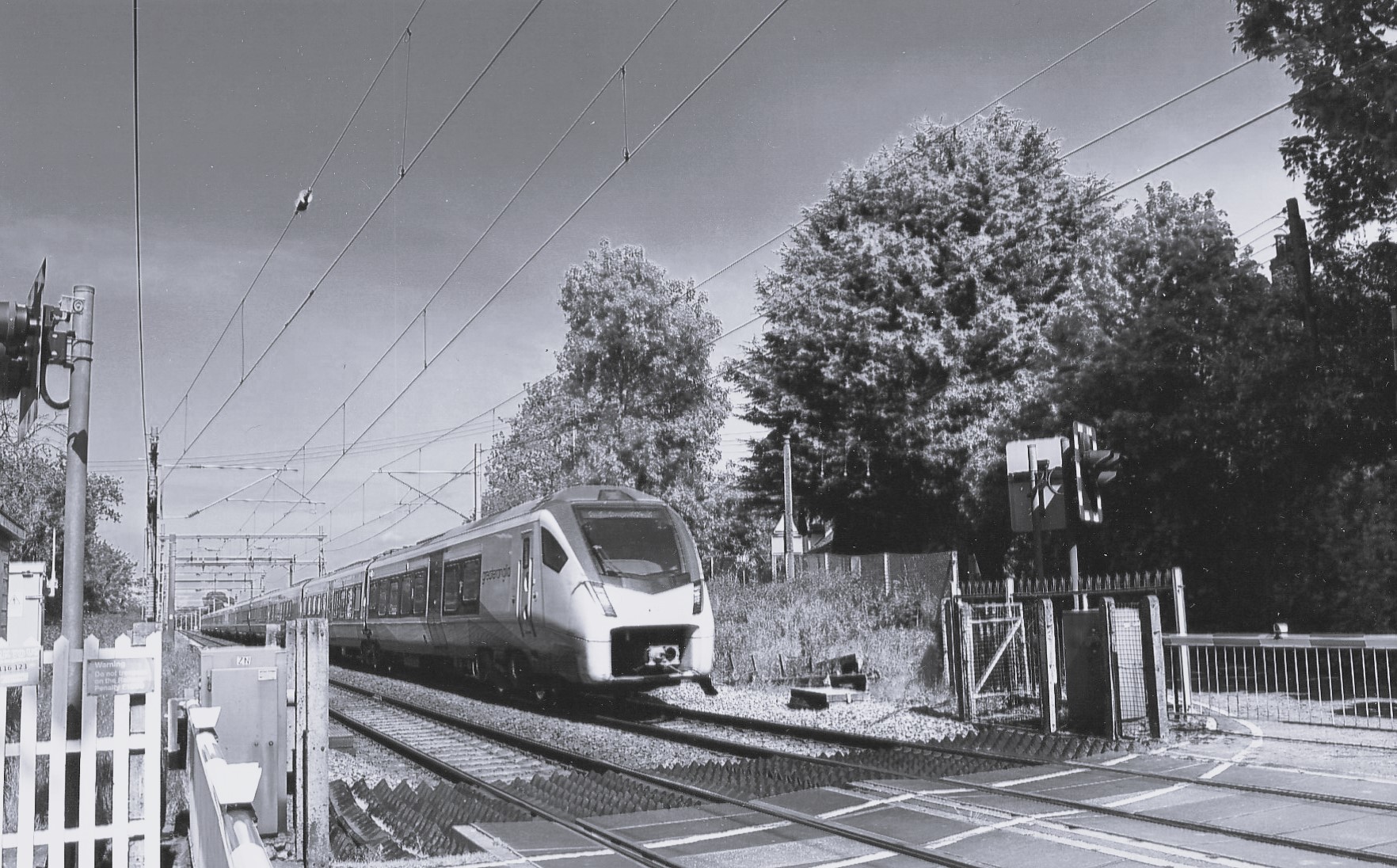
Under the London and North Eastern Railway a number of changes took place. Principally apart from the Great Eastern London suburban services, the Westinghouse air brake that was used by four of the principal constituents was abandoned in favour of the vacuum brake used by only two of the constituent companies. The new company favoured the round top fireboxes on locomotives as opposed to the raised Belpaire firebox used by the Great Eastern Railway.
One gets the impression that the London and North Eastern Railway was really only interested in the East Coast main line from London via York, Newcastle and Edinburgh with its offshoot to Leeds and Bradford. Although the new company did continue to multiple the Great Eastern’s Class N7 0-6-2Ts and built the B17 4-6-0s specifically for the Section it was very much a secondary line. Even when a streamlined train the East Anglian was put into service in 1937 it was a pale shadow of the Silver Jubilee, Coronation and West Riding Limited trains of the East Coast main line and was hauled by B17s that were streamlined for the service unlike the streamlined A4 4-6-2s of the East Coast main line.
Despite the diminution of the Great Eastern’s status under the London and North Eastern Railway the latter did instigate a few things. Whitemoor Marshalling Yard constructed in Cambridgeshire between 1929 and 1933 was the first fully mechanised marshalling yard in Britain. In 1924 the Great Eastern Section was the first railway in Britain to see a trial of a diesel locomotive, when one ran tests on the line between Tottenham and Cambridge. The years just preceding the Second World War saw the beginnings of the electrification of the Great Eastern suburban network by the extension of the London Transport Central Line to Woodford, Newbury Park, Loughton, Epping and Ongar and the electrification of the Ipswich main line from Liverpool Street to Shenfield although neither was completed until after the end of the War.
During the Second World War whilst the Southern Railway was the principle participant of the big four companies in the Dunkirk Evacuation of 1940 the GE Section of the LNER also participated, albeit in a small way and of the 576 trains run to carry troops returning from Dunkirk 15 trains went from Harwich. Of course the name of Soham and the ammunition wagon explosion of 2 June 1944 will forever be remembered and I particular the efforts of Driver Benjamin Gimbert and Fireman James Nighthall in saving Soham. The London area of the Great Eastern Section suffered heavily during both the Blitz of 1940/1 and the V Weapons campaign of 1944/5. The east of England saw a large number of airbases which were used by both the RAF in the Battle of Britain and by it and the USAAF in the later bomber offensive.
After the war the railways of Britain were nationalised in 1948 and the Great Eastern Section became part of the Eastern Region of British Railways. During the years up to privatisation the section saw the complete electrification of the London suburban services. It also saw the Great Eastern reach a height that in relation to the rest of the British railway system has never been reached again, following the arrival of the Britannia Class 4-6-2 locomotives in 1951 to work the principal services out of Liverpool Street. For a short time the GE Section had the fastest train in Great Britain. With these and with the sliding door electric multiple units of the Shenfield service the Section was an exciting one to travel on in the early 1950s.
From the mid 1950s things got even more exciting so that in September 1962 except for some workings out of March all trains on the GE Section were worked either by diesel or electric traction: the last steam trains arriving and departing Liverpool Street on Sunday 9 September. It is often forgotten that the Liverpool Street to Clacton and Walton-on-the-Naze electrification was the first main line overhead electrification out of London. Later both the main lines to Norwich and to Cambridge and Kings Lynn were b electrified. The Section was greatly savaged under the Beeching Report of 1963, but there was some success against the closures such as the East Suffolk line, but there were also closures that were not in the Report. Mercifully the Serpell Report of 1982, which would have seen the section reduced to two lines – one from Liverpool Street to Norwich and the other from Liverpool Street to Southend was not adopted. Although the Section has lost some traffic through the line closures and of that of locals goods yards, it has also gained some in the form of the Port of Felixstowe, which is Britain’s largest container port.
Post privatisation as well as the creation of the Elizabeth Line, which is London’s newest underground railway and uses part of the GE Norwich Main Line from Shenfield to Stratford, the inner suburban services from Liverpool Street to Cheshunt, Chingford and Enfield have been taken over by Transport for London, thus separating them from the outer suburban services to Southend, Braintree, Hertford and Stansted Airport and the main line and surviving rural services.
In Norfolk the Mid Norfolk Railway, which is one of Britain’s longest preserved railways runs from Wymondham to Dereham. The Great Eastern Railway Society is the finest of the railway historical societies in Britain. Greater Anglia is the current holder of the train operating franchise for the east of England away from the London area and south Essex and has the best trains in the country.
Living in mid Essex not far from the London to Norwich main line and being very passionate about the east of England, history and train travel I felt some years ago that there was a need for a new history of the Great Eastern Railway including its ancestors and its successors and so I decided to research and write it. As I did so I discovered that the more I delved the less that I really knew and it was an education for me in research and writing the book. I feel privileged to be able to put in book form in the three volumes my learnings of the history of the Great Eastern Railway. I hope that the books will be of value to anyone interested in the history of the eastern counties as well those interested in either the railways of Britain as a whole or those of the east of England and that they will encourage others to research and maybe even write another history of the Great Eastern Railway.
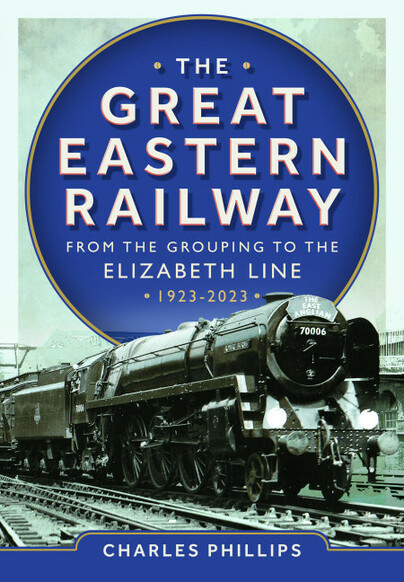
Order this and other titles by Charles Phillips here.

